
Offshore fishing is an exhilarating sport that takes anglers on a thrilling journey to deep waters far from shore. It offers unforgettable adventures for fishing enthusiasts. This article discusses the exciting world of offshore fishing, covering its history, pros and cons, different fishing techniques, best setup, trip durations, and best spots worldwide. So, prepare with your fishing gear as we sail on an extraordinary fishing expedition.

What is Offshore fishing?
Offshore fishing is an exciting type that takes anglers far from the coast and into the open sea. It typically happens in waters beyond 9 miles from shore, where the ocean is deep and vast. This unique fishing style allows anglers to go after more prominent and varied fish species, making it an exhilarating experience for those who enjoy a challenge.
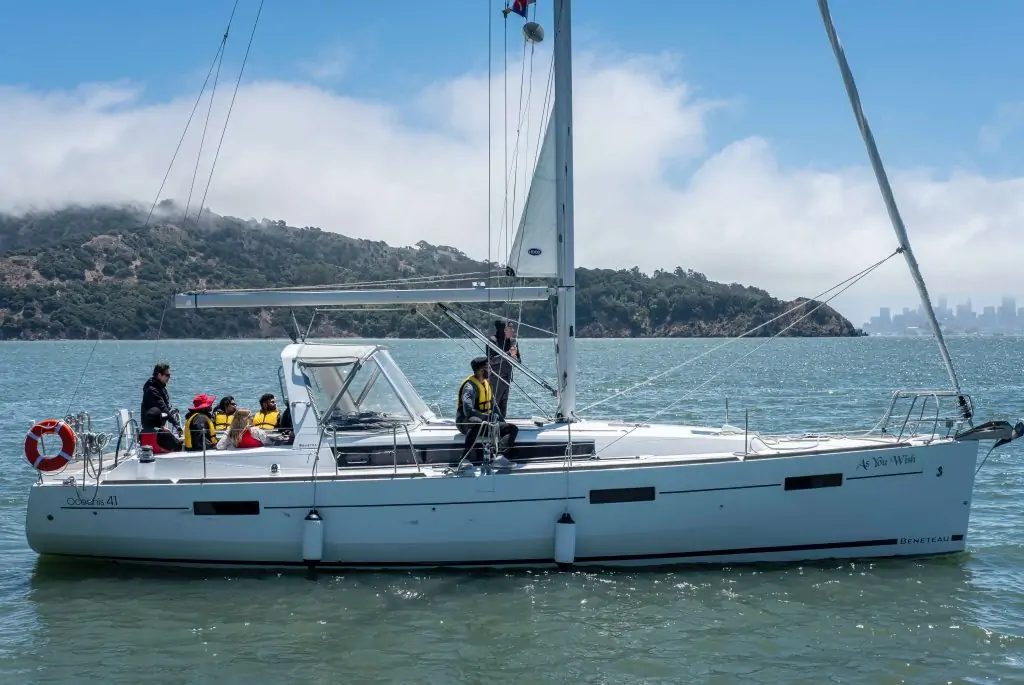
The History of Offshore-Fishing
Offshore fishing dates back to ancient civilizations like the Egyptians and Phoenicians, who fished in open waters. However, in the 20th century, modern recreational offshore fishing gained momentum thanks to boat technology and navigation advancements. Anglers started venturing into deeper waters, uncovering a new world of fishing possibilities.
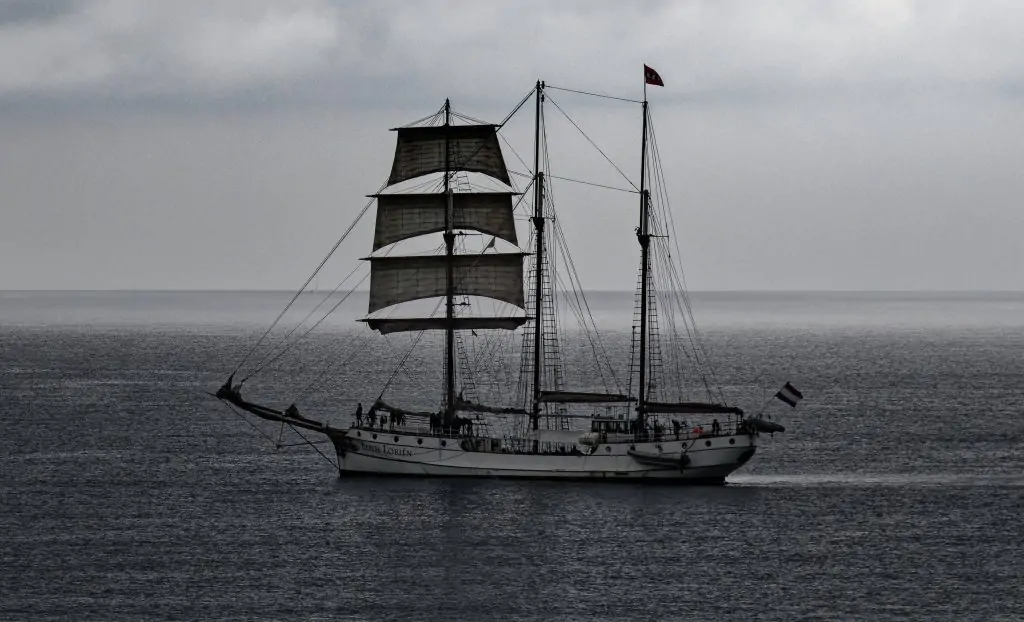
Some useful steps for fishing
Essential Gear
Before you plan for an offshore fishing trip, it is essential to have the correct gear. Heavy-duty fishing rods, sturdy reels, high-strength fishing lines, and various live and artificial bait are suitable for different target species.

Safety Precautions
Safety should always be a top priority during offshore fishing. Ensure that all passengers are equipped with life jackets and familiarize themselves with the location of emergency equipment. Having a float plan and informing someone ashore about your fishing itinerary is wise.
Conservation and Sustainable Practices
Responsible anglers play vital roles in preserving marine ecosystems. Promote catch-and-release practices whenever possible and follow local fishing regulations to protect vulnerable species and maintain balance in the marine environment.
Weather forecasting
Providing information about weather conditions is critical for offshore fishing. Pay close attention to weather forecasts and sea conditions, and be prepared to reschedule your trip if there is a chance of rough seas or storms.
Fish Aggregating Devices (FADs)
Some offshore destinations have deployed FADs that attract fish by providing shelter and food sources. These artificial structures can be excellent spots for anglers to find schools of fish, enhancing their chances of successful catches.
Sun Protection
Spending extended hours on the water exposes you to the sun’s harsh rays. You should dress appropriately, such as hats, sunglasses, and long-sleeved shirts, and apply sunscreens to protect yourself from sunburn.
The Thrill of Big Game Fishing
Fishing offshore offers big game fishing, offering encounters with robust species, such as marlins, sailfish, and sharks. Be prepared for epic battles and the adrenaline rush as you reel in these formidable creatures.
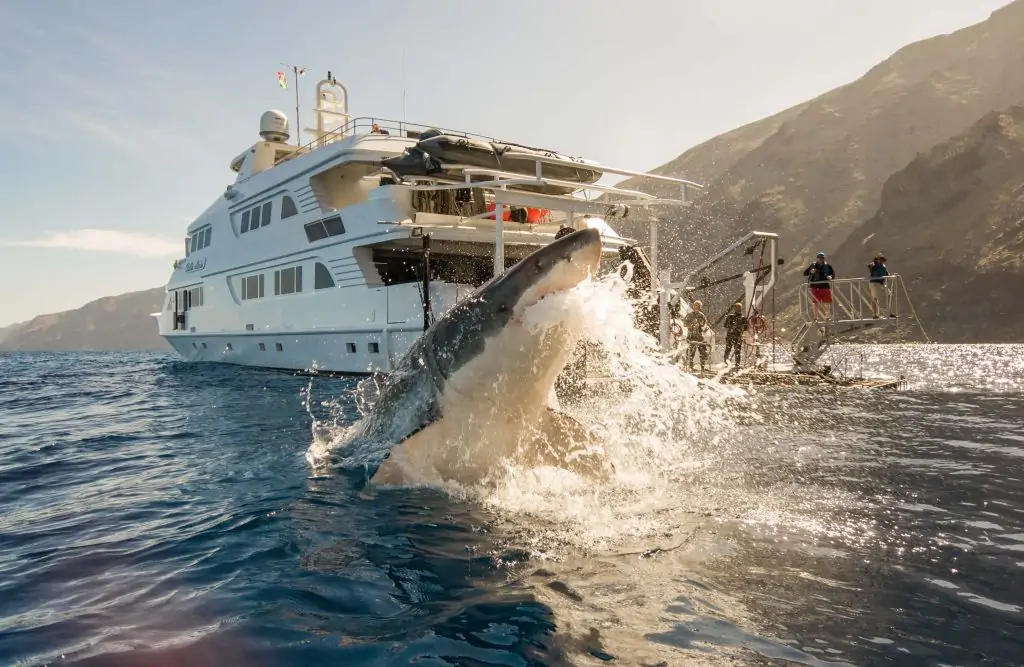
Deep Sea Diving and Snorkeling
Many offshore fishing destinations boast crystal-clear waters, making them ideal for combining fishing trips with snorkeling or deep-sea diving. Explore vibrant marine life and stunning underwater landscapes during the offshore adventure.
Understanding Ocean Currents and Structures
Knowledge of ocean currents, underwater structures, and temperature changes can help to identify productive fishing spots. Research the area or seek guidance from local experts to optimize fishing strategies.
Night-Fishing Adventures
For a unique experience, consider night fishing in offshore waters. Some species become more active during nighttime, allowing anglers to encounter different fish behaviors and potentially land prized catches.
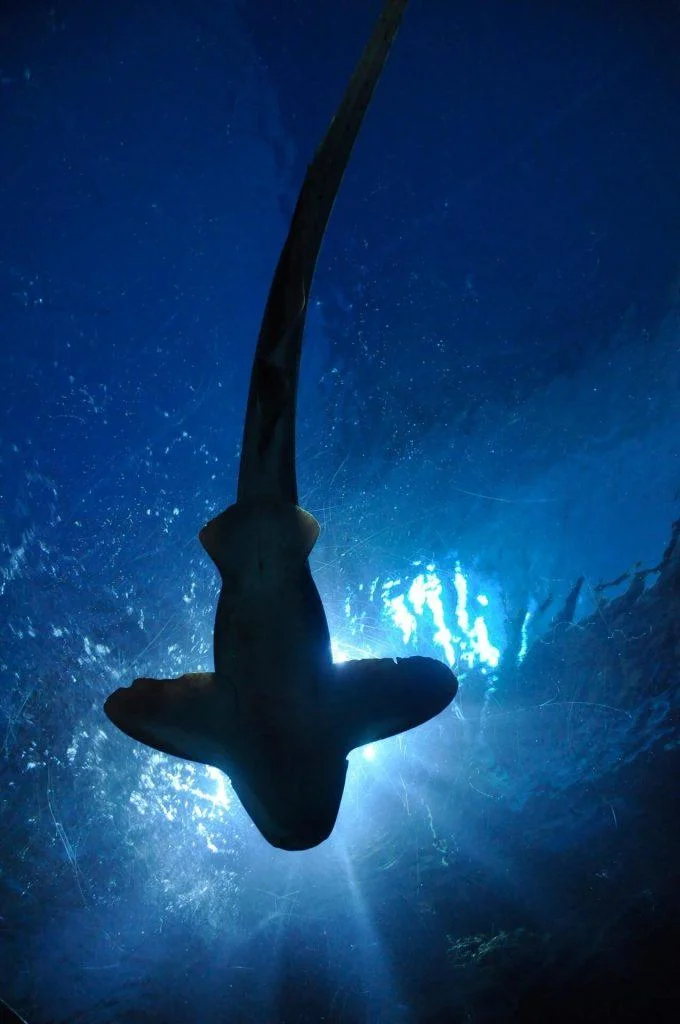
Learning from Experience
Every offshore fishing trip is a learning opportunity. It should be noted that the techniques worked well compared to those that did not. With each excursion, you will improve your skills and become more proficient in offshore anger.
What Kind of Techniques Can You Apply When Fishing Offshore?
Fishing Offshore offers a diverse range of techniques to target various species. Some popular methods include the following.
Trolling
Anglers drag baited lines through the water while the boat is in motion, enticing fast-swimming predators such as marlins and mahi-mahi.
Bottom Fishing
This method involves dropping bait onto the seafloor to catch bottom-dwelling species such as snappers and groupers.
Deep Dropping
Anglers use specialized rigs to fish at great depths, targeting species such as tilefish and queen snappers.
Kite Fishing
A technique where kites are deployed to suspend baits above the water surface, attracting surface-feeding species such as sailfish.
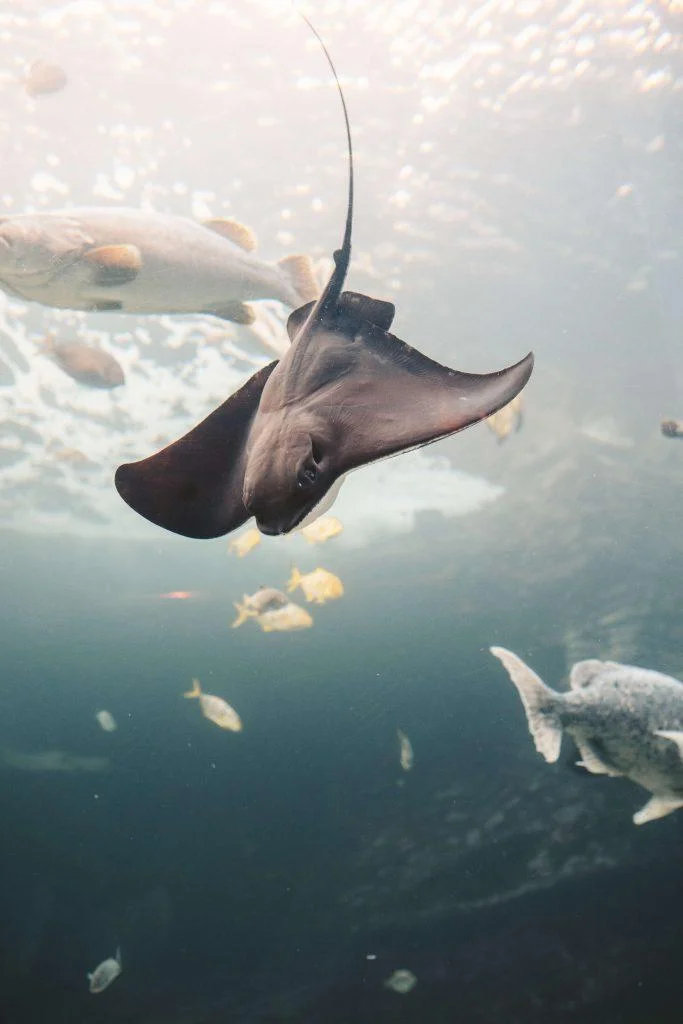
How Long is an Offshore-Fishing Trip?
The duration of offshore fishing trips varies depending on location and target species. Short trips may last for half a day, while extended excursions can stretch over multiple days, especially for long-distance offshore destinations.
The Best Spots for Deep-Sea Fishing Around the World
Florida Keys, USA.
Known as the “Sportfishing Capital of the World,” these waters offer catching marlins, sailfish, and grouper opportunities.
Cabo San Lucas, Mexico.
Famous for its rich marine life, anglers can target marlins, mahi-mahi, and yellowfin tuna.
Great Barrier Reef, Australia.
Offers world-class fishing for black marlins, giant trevally, and coral trout.
Azores, Portugal.
It is known for its abundance of blue marlin and swordfish.
Malindi, Kenya.
It is a hotspot for big game fishing, with chances to catch sailfish and wahoo.
Pros and Cons
Pros
Bigger Catches
Offshore waters are home to many large fish species, such as marlins, tunas, and swordfish, allowing anglers to land impressive trophy catches.
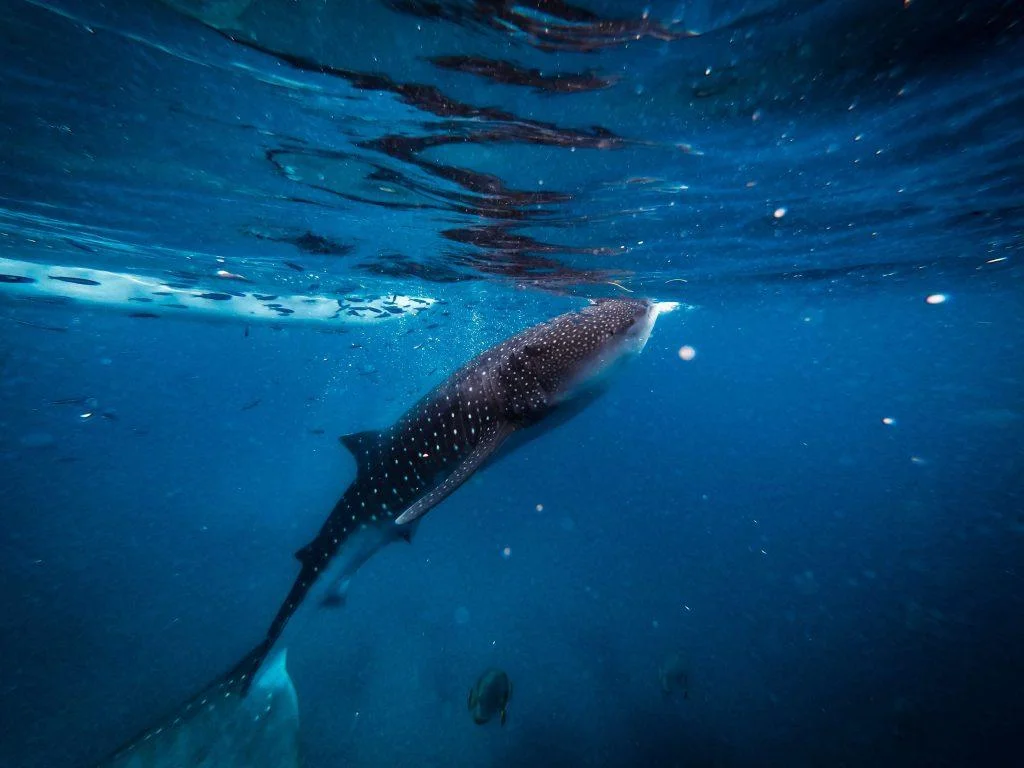
Adventurous Experience
The thrill of being surrounded by vast ocean expanses and the uncertainty of what lies beneath the surface make offshore fishing an exhilarating adventure.
Escape from Crowds
With fewer fishing boats in the deep sea, anglers can enjoy solitude and tranquility during their fishing trip.
Cons
Weather Dependency
Offshore fishing depends heavily on weather conditions. Rough seas and storms can lead to cancellation or rescheduling of fishing trips.
Time and Cost
Offshore fishing trips are usually longer and more expensive because of the distance traveled and the need for specialized equipment and guides.
Challenging for Beginners
Novice anglers may find offshore fishing daunting because of the complexities of handling larger fish and deep-sea conditions.
Conclusion
Deep-sea fishing is a thrilling and challenging experience that allows anglers to explore open waters and target various fish species. Although it may require more planning, investment, and expertise, the rewards of an unforgettable fishing adventure make it worth the effort. Thus, embark on a journey to the deep sea and create memories that last a lifetime.
FAQs
Q. Is deep sea fishing suitable for beginner players?
A. Offshore fishing can be more challenging for beginners because of the size of the fish and demanding conditions. It is recommended to gain experience with inshore fishing before attempting offshore expeditions.
Q. What safety measures should be considered in fishing?
A. Boats should always have safety gear, including life jackets, first-aid kits, and communication devices. Stays were informed about the weather conditions and followed the guidance of experienced captains.
Q. Are there age restrictions on deep-sea trips?
A. Many charter companies face age restrictions on offshore trips. It is best to check the charter beforehand to ensure all party members meet the age requirements.
Q. Can I keep the fish caught during fishing?
A. In some cases, anglers can maintain certain species within legal limits. However, many catch-and-release practices have preserved marine ecosystems and promoted sustainable fishing.
Q. What is the optimal time for fishing offshore?
A. The ideal time for deep sea fishing varies depending on the location and target species. Research the fishing seasons for the desired location to plan the best time for a trip.
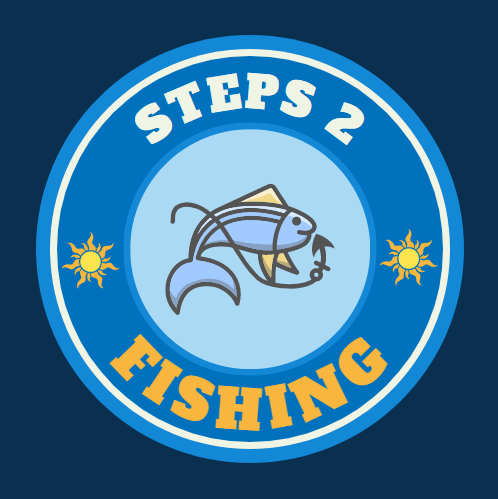

Leave a Reply